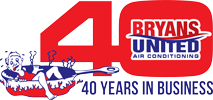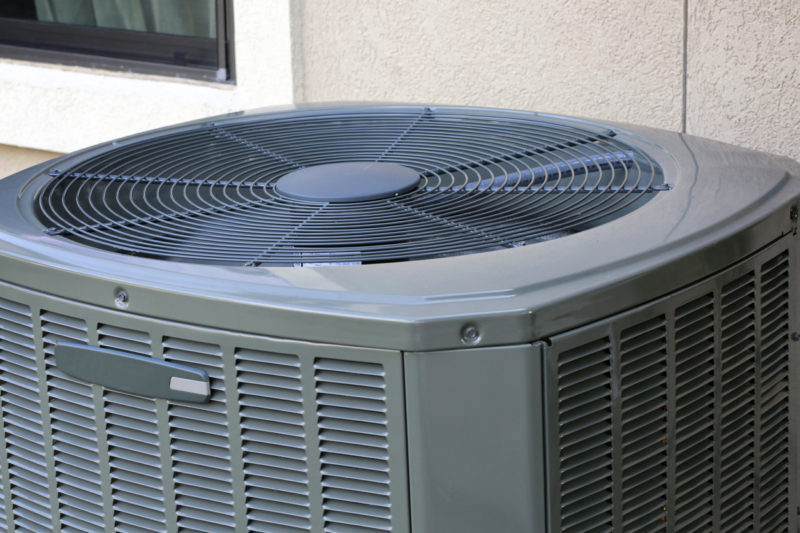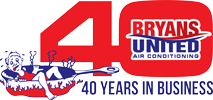The HVAC system in your St. Rose, Louisiana, home is responsible for maintaining a comfortable indoor atmosphere throughout the changing seasons. Not only does this system manage the temperature, but it also removes excess moisture during the summer months. In order to operate efficiently and work correctly, an experienced HVAC technician must install the system and perform proper load calculations.
Improperly Sized HVAC System
When a heating and cooling system isn’t the right size for your home, you could face a number of costly and frustrating issues. A unit that is too large is inefficient, causes energy waste, and costs more to operate a larger system. Oversized HVAC units cycle on and off more frequently, which is referred to as short-cycling, and often operate loudly due to the excess amount of air moving through the ductwork. When your system is too large, it likely won’t last as long because it faces excess wear and tear, and it may not be able to properly control the humidity levels in your home.
On the other hand, an HVAC system that is too small has its own issues. Instead of short-cycling, it will often run constantly to maintain a comfortable indoor atmosphere. This is especially problematic during the winter and summer seasons when your bills could be astronomical due to the energy waste. If the unit can’t keep up with the needs of the household, you may have to invest in a costly supplemental option for heating and cooling. A small HVAC unit may require additional maintenance to prevent breakdowns because it is overworked.
Load Calculations
An experienced HVAC technician understands the importance of load calculations when planning to install a new HVAC system. The load calculation process is complex and involves comparing the British Thermal Unit (BTU) capacity, a measure of the cooling or heating output per minute, to other important factors. These factors include your area’s climate, the overall size and layout of your home, the location and type of windows, the weatherization and insulation levels, and the potential air leakage.
Load calculation also involves assessing each specific zone of a home to create an overall calculation. The process is time-consuming and challenging, so it’s always best to leave it to an HVAC technician. Even a small calculation mistake could result in an error that will cost you a lot in monthly bills and poor efficiency.
Proper Installation Practices
After accurately calculating the load for an HVAC system, the next step is choosing a unit that meets the requirements without exceeding them. From there, the technician will perform the installation process. For a new system, the process involves mapping out and installing ductwork that will allow the air to flow properly throughout all the rooms of the home. Even when replacing HVAC systems, technicians must assess the condition of the ducts to make sure they aren’t damaged or leaking air.
During the installation process, all components must be connected to the ducts and placed correctly to prevent air loss and inefficiency. A small error in this process could be very expensive over the life of the system.
Finding a Contractor to Handle HVAC Installation and Load Calculation
Not all HVAC contractors perform load calculation services as part of the installation process. In fact, many take a shortcut referred to “rule of thumb” calculations, which involves applying existing values to a home based on other similar homes. However, rule of thumb calculations don’t involve calculating the load at all, nor do they take into account the unique factors of a home, such as windows, layout, and insulation. Therefore, you could end up with an improperly sized unit if an HVAC technician takes this shortcut. You don’t want to take that risk, so always ask about the process of calculating the load values and installation practices before you start working with a contractor for a new or replacement HVAC system.
At Bryans United Air Conditioning, we always perform full load calculations as part of the HVAC installation process. Contact us for more information about improving your system or installing a new one at 504-208-2071.
Image provided by iStock


